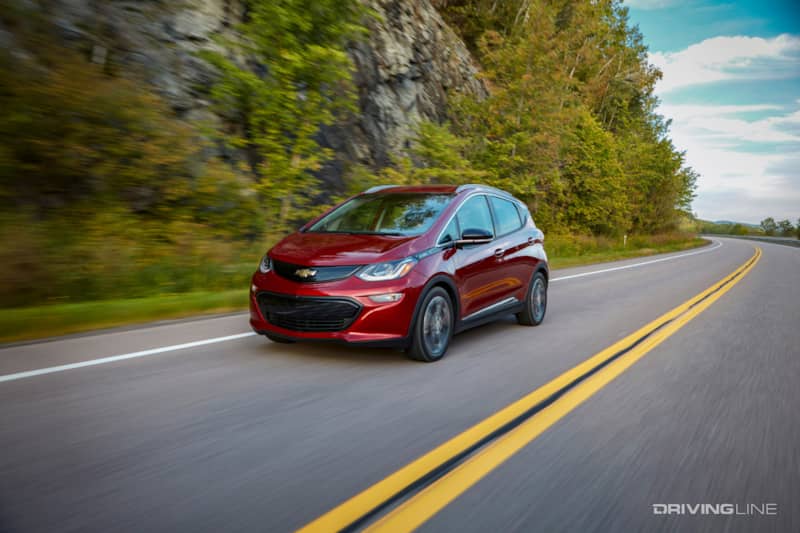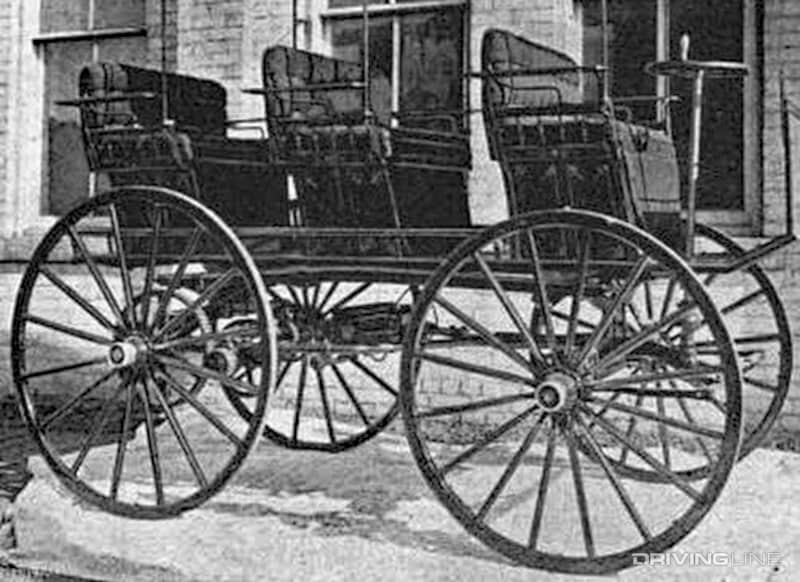7 Things You Might Not Know About Battery Electric Vehicles
They’ve been tried twice before, although this time it looks like all systems are a go for battery electric vehicles (BEV). GM, Ford, Volkswagen and virtually every major automaker is now aboard the all-electric train. But what exactly do you know about the coming explosion of the BEV market? Why is the third try (so far) a charm? How long before BEV’s overtake the internal combustion engine? Are BEV’s the best choice for cleaning up the Earth? And is there really such a thing as a zero-emission vehicle? Relying on history, science and data, with a side of common sense, we’ll answer all of that and more below. As a bonus, we’ll even touch on what BEV technology is doing to the internal combustion engine (ICE). Hint: it isn’t killing it…

1. History Repeats Itself

Did you know that, prior to the current BEV push, electric vehicles have already been attempted twice in the past? First in the 19th century, when it was primarily pitted against steam and horses in early self-propelled vehicles and then again in the late 1950s and 1960s, where experimental BEVs gave way to government program-backed BEVs during the oil crisis of the 1970s. Both times, ICE won out in the end. More on why this was the case below.
2. 19th Century Roots

The earliest examples of electric vehicles date back as far as the 1830s, with Thomas Davenport’s electro-magnet-powered locomotive and Robert Anderson’s motorized carriage. However, perhaps the biggest splash for early EVs came thanks to William Morrison’s 20-mph-capable electric automobile, introduced at the 1893 Chicago World’s Fair. EVs would enjoy considerable fanfare in the ensuing years, with as many as 12 manufacturers producing electric vehicles in the U.S. alone. However, as America began to open up its roadway system, early EVs lack of range was unable to compete with the internal combustion engine. Believe it or not, the ICE killed off the horse-and-buggy transportation style due to physical emissions rather than range (think horse apples), which is proof that out-of-sight, out-of-mind emissions-curbing strategies are nothing new.
3. Battery Range Has Always Been The Issue

As mentioned above, range was the driving reason behind the ICE’s overtaking EVs in the practicality department. This was true not only in the early 1900s but was also the case in the 1960s and 1970s. However, the average range for a 21st century BEV is closing in on 300 miles. This is proving to be the game-changer for once-hesitant BEV buyers. As range continues to improve alongside falling battery costs (which will mean BEVs will gradually come down in price), BEVs will be sticking around this time.
4. From Tailpipe To Power Plant

With tailpipe particulate matter (PM) and nitrogen oxides (NOx) all but eliminated from ICEs at this point, greenhouse gas (GHG) emissions (and namely CO2) have been the focus of environmentalists in recent years. And despite the CO2 output of ICEs being reduced by 40-percent since 2000 gasoline and diesel-fired engines continue to get a bad rap. Due to their lack of tailpipe emissions (in fact, they don’t even possess a tailpipe), BEVs are the supposed solution to GHG emissions. Unfortunately BEVs rely on electricity production to operate, and power plants produce 31-percent of all CO2 emissions in the U.S.—with more than 60-percent of all electricity coming from the use of fuels like coal, oil and natural gas. In an all-BEV future will the bullseye be affixed on fossil fuel-reliant power plants, the very source that recharges the BEV? If CO2 reduction is the name of the emissions-fighting game (which we can all logically assume will still be the case in the future), alternative means of electricity production—beyond what solar and wind can provide—will have to be employed.
5. Zero Tailpipe Emissions Doesn’t Mean Zero Emissions

Even in a zero tailpipe emissions scenario, government-backed environmental organizations will still pursue regulations on automobiles the world over. Surprisingly, rubber breakdown from tires, brake material and road abrasion make up a significant amount of non-tailpipe PM—so you can bet it will be regulated in the future, too. Look out tire and brake manufacturers, and take note road builders! It also goes without saying that increases in non-tailpipe PM will continue to rise as the world population (and the number of drivers) increases.
6. The Internal Combustion Engine (ICE) Isn’t Going Anywhere Anytime Soon

Despite the current buzz surrounding BEVs, by the year 2040 better than 50-percent of all vehicles on the road will still be propelled via internal combustion (or some variation of it), according to projections made by BloombergNEF. The same projections show solid BEV market growth by 2040, with a small portion being consumed by plug-in hybrid and fuel cell vehicles, which could become even more common when ICE production begins to wind down (especially plug-in hybrids).
7. BEV’s Are Driving ICE Improvements

Thanks to the higher costs associated with producing BEVs as opposed to ICE vehicles, ICE manufacturers are more willing now than ever before to spend money on cleaning them up. For the first time, high-end, advance combustion strategies such as premixed charge compression ignition (PCCI), reactivity controlled compression ignition (RCCI), opposed-piston engines and homogeneous charge compression ignition (HCCI) are on the cusp of being implemented at the OEM level. Knowing that ICE technology will be here at least another 20 years, this is definitely a step in the right direction. If the ICE is to co-exist with BEVs, why not make them as clean-burning as possible? The results will be a win-win for everyone.
We would be remiss if we didn’t source the book “Racing Toward Zero: The Untold Story of Driving Green” for providing some of the information necessary to write this article. It’s an important read for anyone trying to keep pace with today’s vastly-changing automotive industry.
More From Driving Line
- One form of Internal Combustion Engine (ICE) that isn’t going anywhere anytime soon is the diesel engine. You can enjoy some light reading on this subject here.











